.....Read More

ADA Warning Pads
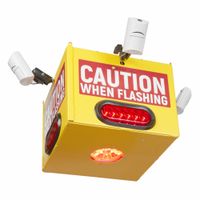
Intersection Warning Devices

Parking Curbs
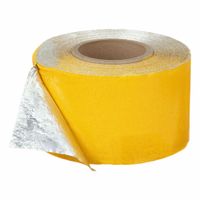
Pavement Markers & Tape

Roadway & Utility Markers

Safety Flares

Safety & Security Mirrors

Speed Bumps & Rumble Strips

Traffic Barrels & Accessories

Traffic Barricades & Accessories
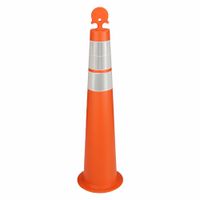
Traffic Channelizer Cones & Accessories

Traffic Cones & Accessories
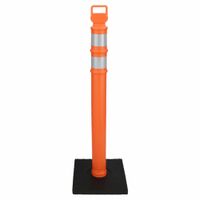
Traffic Delineator Posts & Accessories
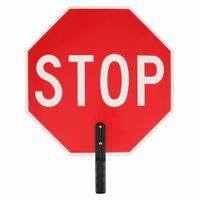
Traffic Paddles, Flags & Batons

Trench Covers
Frequently Asked Questions
What are the different types of traffic safety products?
How do traffic cones and delineators improve road safety?
What is the purpose of traffic barricades?
How do speed bumps help in controlling traffic speed?
What are the benefits of using parking curbs?
How do safety and security mirrors enhance visibility at intersections?
What role do traffic paddles play in construction zones?
How are safety flares used to indicate road hazards?
What is the function of ADA warning pads in traffic safety?
How do intersection warning devices work to prevent accidents?